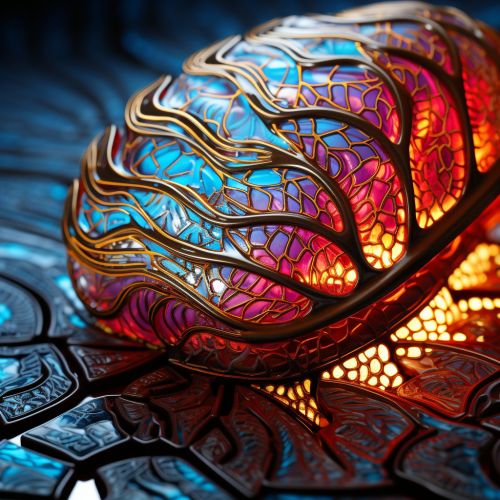Pain Matrix
Overview
The pain matrix is a network of brain regions that are activated in response to noxious stimuli. This network is responsible for the perception and processing of pain, and includes areas such as the anterior cingulate cortex, insular cortex, prefrontal cortex, thalamus, and the somatosensory cortex. The concept of a pain matrix was first proposed by Melzack and Casey in 1968, and has since been refined and expanded upon by numerous researchers.


Anatomy of the Pain Matrix
The pain matrix is not a single, discrete area of the brain, but rather a network of interconnected regions that work together to process and interpret painful stimuli. These regions include:
- The anterior cingulate cortex (ACC), which is involved in the emotional response to pain.
- The insular cortex, which plays a role in the perception of bodily sensations, including pain.
- The prefrontal cortex (PFC), which is involved in decision-making and cognitive control.
- The thalamus, which acts as a relay station for sensory information.
- The somatosensory cortex, which processes sensory information from the body.
Function of the Pain Matrix
The primary function of the pain matrix is to process and interpret painful stimuli. This involves several steps:
- Detection: The pain matrix receives input from nociceptors, specialized sensory receptors that detect noxious stimuli. This information is relayed to the thalamus, which then sends it to the other regions of the pain matrix.
- Perception: The insular cortex and somatosensory cortex process the sensory aspects of pain, such as its location, intensity, and quality.
- Emotional Response: The anterior cingulate cortex and prefrontal cortex are involved in the emotional response to pain, including feelings of distress and the motivation to avoid or escape the painful stimulus.
- Modulation: The pain matrix also plays a role in the modulation of pain, including the suppression of pain in certain contexts (such as during the fight-or-flight response).
Clinical Significance
Understanding the pain matrix has important implications for the treatment of chronic pain conditions. For example, abnormalities in the function of the pain matrix have been implicated in conditions such as fibromyalgia, complex regional pain syndrome, and chronic back pain. Furthermore, interventions that target the pain matrix, such as transcranial magnetic stimulation and cognitive behavioral therapy, have shown promise in the treatment of these conditions.
